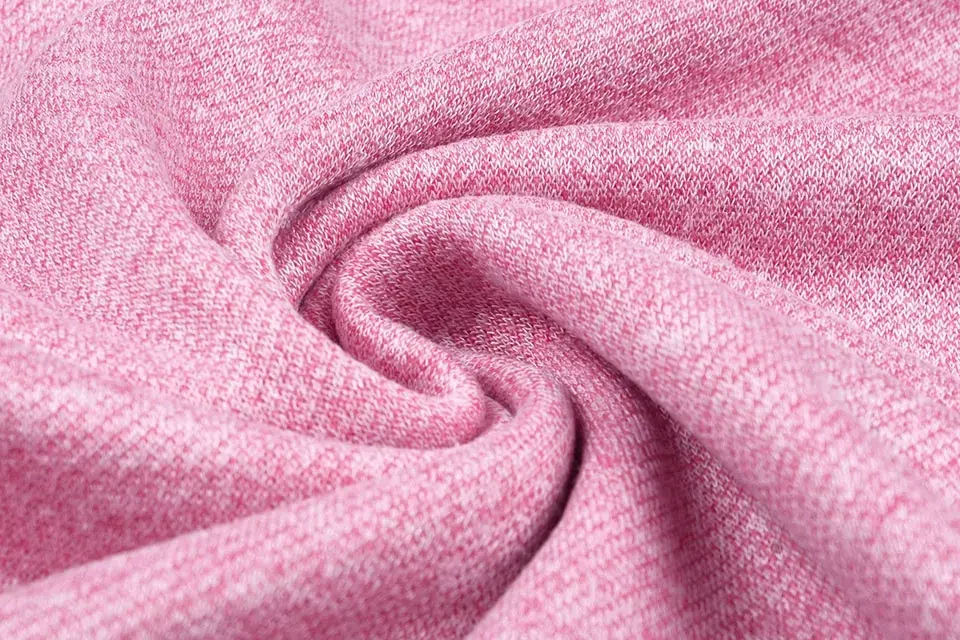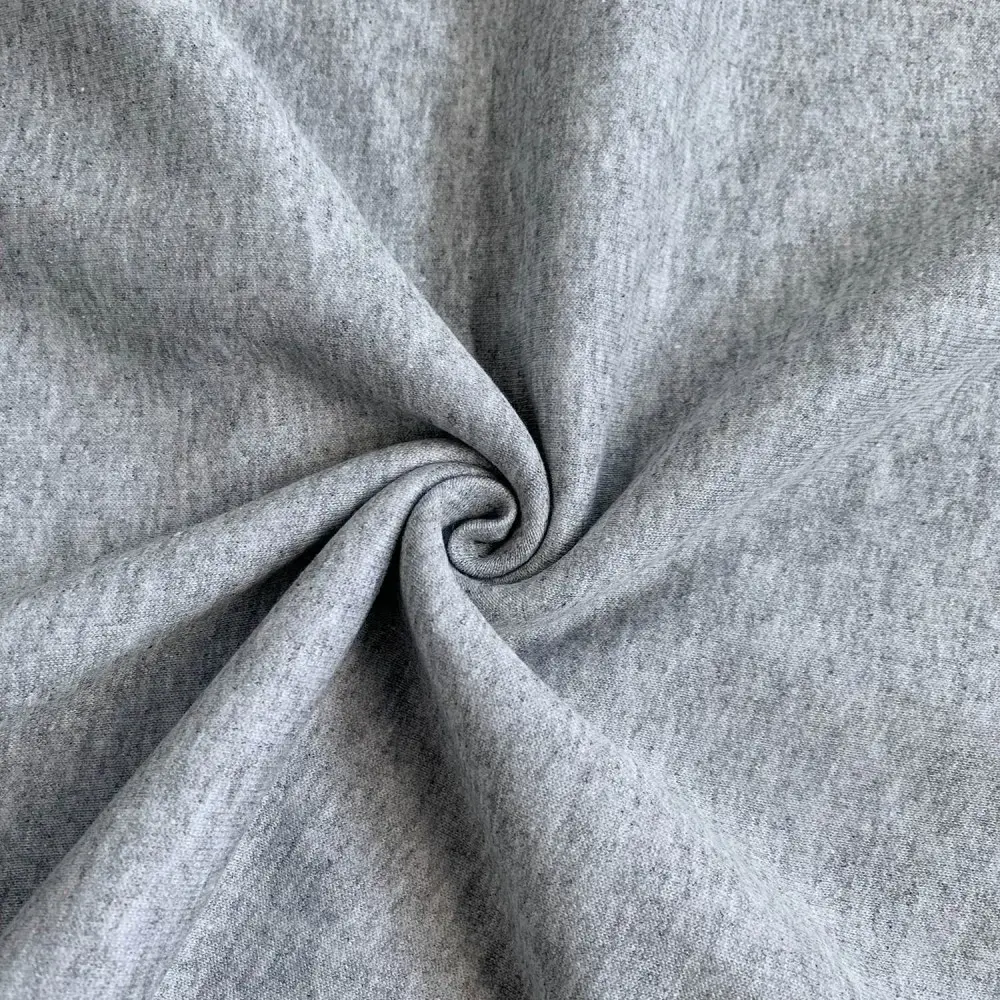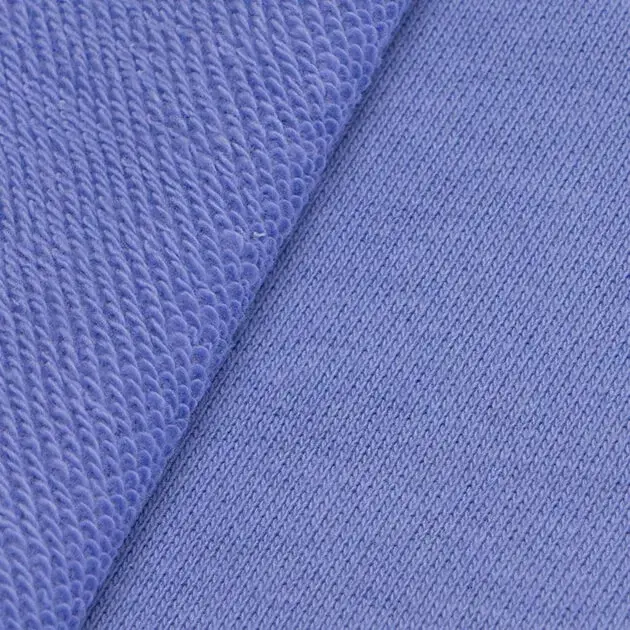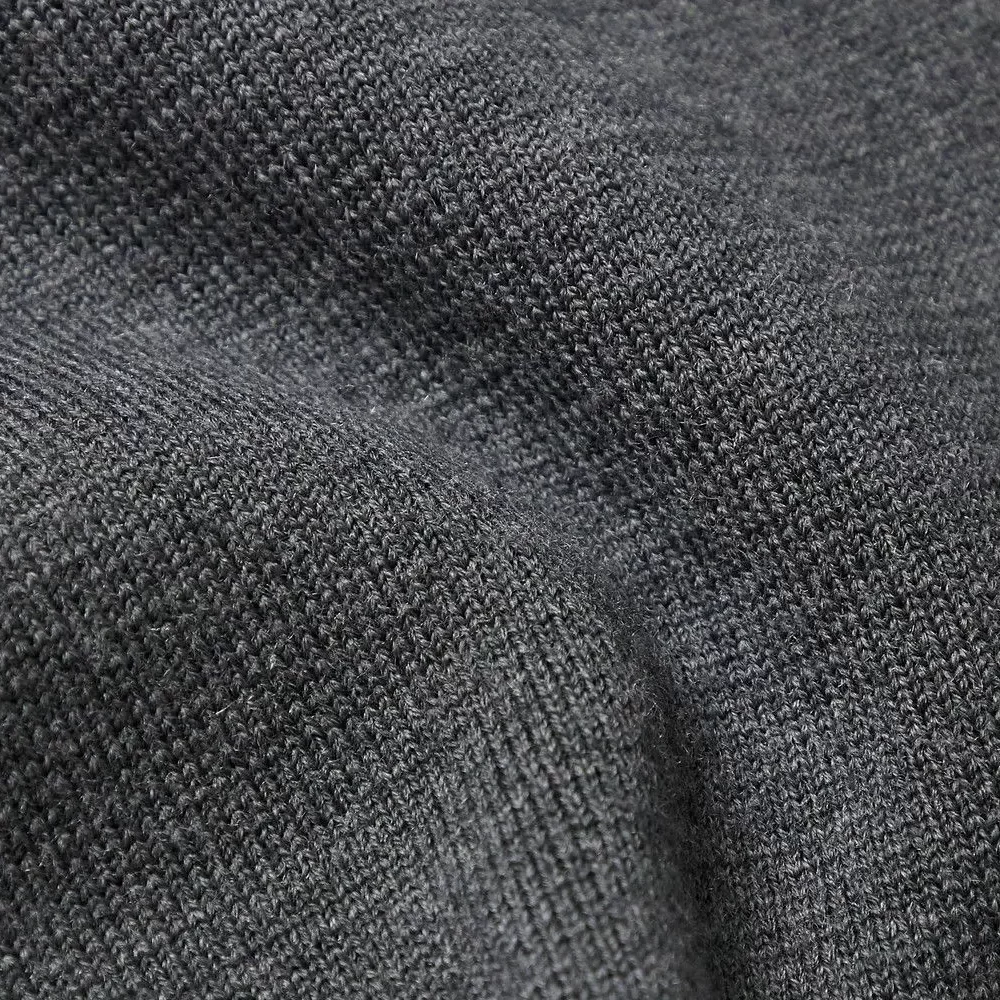When considering the best fabric for a hoodie, what are the key factors we should focus on? Is it the ultimate softness or exceptional warmth? Perhaps it’s the ease of care, or the durability that ensures it lasts over time. Often, it’s a balance of all these qualities. By understanding the unique characteristics of different fabrics, we can select the perfect hoodie to match our individual needs and preferences.
In this article, we’ll delve into the pros and cons of various hoodie fabrics, from traditional pure cotton to cutting-edge synthetic materials, as well as natural versus synthetic fibers. We’ll evaluate their performance in terms of heat retention, breathability, comfort, and durability. Whether you’re looking for a hoodie for everyday use or a specific occasion, this guide will help you determine which fabric is best suited for your needs.
Comparison And Analysis Of Fabric Types

Cotton Fabric
Cotton is the most commonly used fabric for hoodies, highly valued by consumers for its softness, breathability, and excellent moisture absorption. Pure cotton hoodies are lightweight and delicate, making them ideal for spring and autumn wear, offering a comfortable and cozy experience. However, it’s important to note that pure cotton can be prone to shrinkage and deformation, so proper care and maintenance are essential to keep the fabric in good condition.

Mixed Fabric
Blended fabrics enhance the comfort and durability of hoodies by merging the benefits of various fibers, like cotton-linen and cotton-polyester blends. These fabrics offer the softness of pure cotton combined with the durability of polyester, making them a cost-effective option that balances comfort with long-lasting wear.

Polyester Fabric
Polyester fabrics are highly regarded for their wrinkle resistance and durability, making them an excellent choice for sporty hoodies. Hoodies made from polyester are easy to clean and ideal for frequent use and washing. While polyester hoodies are typically more affordable, they tend to be less absorbent and may feel less breathable over extended periods.

Wool Blend Fabric
Wool blend fabric offers the best of both worlds, combining the warmth of wool with the durability of polyester, making it perfect for winter wear. Hoodies made from this fabric provide excellent insulation and some wrinkle resistance. However, they require careful cleaning and maintenance to prevent pilling and ensure longevity.
Fabric Types And Characteristics
Fabric Weight and Yarn Count
The fabric weight and yarn count are key factors that influence the texture, warmth, and overall quality of a hoodie:
• Fabric Weight: Hoodie fabrics typically range from 180 to 600 grams per square meter. For spring, a lighter fabric weight between 180 to 320 grams is ideal. In autumn, a slightly heavier weight of 280 to 380 grams is recommended, while for winter, a fabric weight exceeding 380 grams provides the necessary warmth.
• Yarn Count: The yarn count, which refers to the thickness of the yarns used, is usually expressed in numbers like 21, 32, or 40. A count between 30 and 40 is generally considered optimal, providing a good balance between durability and softness. Lower counts result in a rougher texture and are prone to deformation, while higher counts produce a softer but less durable fabric.
Consumer Preferences and Market Trends
Understanding consumer preferences and staying updated on market trends is essential when selecting hoodie fabrics:
• Consumer Preferences: Those who prioritize comfort and a relaxed style often lean towards cotton fabrics, while individuals seeking a more fashionable or unique look may opt for polyester fabrics due to their versatility and modern appeal.
• Market Trends: As environmental consciousness grows, there’s an increasing demand for eco-friendly fabrics like bamboo fiber and other sustainable materials. These natural, pollution-free options are becoming more popular among consumers who value sustainability in their clothing choices.
Overall Assessment and Recommendations
When evaluating hoodie fabrics, it’s important to consider factors such as fabric type, weight, yarn count, and current market trends. Pure cotton is often regarded as the best fabric for hoodies due to its softness, breathability, and natural, skin-friendly properties. However, cotton-polyester blends also offer a practical and cost-effective alternative, balancing comfort with durability. Ultimately, the choice of fabric should be tailored to individual needs, preferences, and the specific season or occasion for which the hoodie will be worn.
Fabric Characteristics And Application Scenarios
Recommended Application Scenarios
Based on the characteristics of various fabrics, here are fabric recommendations for hoodies tailored to different scenarios:
• Everyday Casual: For daily wear, whether lounging at home or heading out for a casual day, cotton or blended fabrics are ideal. These materials are comfortable, breathable, and perfect for keeping you at ease throughout the day.
• Outdoor Sports: Polyester fabrics or blends with polyester are excellent choices for outdoor activities and high-intensity sports. Their durability, elasticity, and resistance to wear ensure the support and comfort needed during physical exertion.
• Cold Weather: For colder climates or winter conditions, hoodies made from wool or fleece are highly recommended. These fabrics offer superior insulation, keeping you warm and cozy in low temperatures.
• Fashion Forward: If you’re looking to make a style statement, blended fabrics or those with a significant polyester content are great options. Their wrinkle resistance and ability to hold shape make them perfect for fashion-forward looks, enhancing your overall outfit.
When selecting the fabric for your hoodie, it’s important to consider your specific needs and the occasions for which you’ll be wearing it to ensure you achieve the best possible comfort and style.
Consideration Of Fabric Selection
Fabric Comfort
When selecting a hoodie, the comfort of the fabric is paramount. Pure cotton fabrics are highly valued for their softness, skin-friendliness, and excellent breathability, making them especially popular for spring and autumn wear. Market research indicates that hoodies made from pure cotton consistently receive high satisfaction ratings from consumers due to their natural, comfortable feel against the skin.
Fabric Warmth
In colder months, the ability of a fabric to retain warmth is crucial. Wool blend fabrics are particularly well-suited for winter, offering exceptional insulation. Additionally, fabrics like fleece and lamb wool are favored for their extra warmth, making them ideal for chilly weather. Research suggests that wool blends not only provide excellent thermal insulation but also maintain breathability, ensuring comfort in cold conditions.
Fabric Durability
Durability is a key factor when evaluating hoodie fabrics, especially for items intended for frequent wear. Polyester fabrics are known for their resistance to wrinkles and wear, making them durable and easy to care for. Blended fabrics, such as cotton-polyester mixes, combine the softness of cotton with the resilience of polyester, creating a balanced, cost-effective option. The durability of the fabric directly influences the lifespan of the hoodie and impacts consumer loyalty and repeat purchases.
Fabric Breathability
The breathability of a fabric significantly affects the overall wearing experience, particularly in warmer weather or during physical activity. Cotton fabrics, with their naturally loose weave, offer excellent air circulation, helping to disperse body heat and sweat. Additionally, specially engineered fabrics like breathable polyester can enhance ventilation, ensuring that the wearer stays comfortable even during intense activities.
Cost-Effectiveness of Fabrics
Balancing cost with quality is a common concern for both consumers and manufacturers. While cotton is prized for its comfort, it tends to be more expensive. On the other hand, polyester is more affordable and easier to maintain. Blended fabrics strike a balance by offering a mix of comfort and durability at a reasonable price point. Market analysis shows that products with a strong cost-benefit ratio are more likely to appeal to a broader audience.
Environmental Considerations of Fabrics
As environmental consciousness grows, the sustainability of fabrics has become a significant factor in consumer decision-making. Fabrics made from sustainable sources, such as organic cotton or recycled fibers, are increasingly in demand. These eco-friendly materials not only reduce environmental impact but also align with the growing consumer preference for products that support a healthy lifestyle. Incorporating environmentally responsible fabrics reflects a brand’s commitment to social responsibility and sustainability.
Who is the best custom hoodie supplier?
After exploring the characteristics of the best fabric for the hoodie, choosing a reliable hoodie supplier becomes the key to ensuring that you have a high quality hoodie. CozyActive, as a professional wholesale custom sweatshirt manufacturer, is committed to providing you with the best quality products and the most satisfactory service.
We know that a good hoodie should not only have excellent fabrics, but also have superb craftsmanship and fashion design. CozyActive’s hoodies are made from the highest quality fabrics, combined with advanced production technology and innovative design ideas to ensure that every hoodie meets your high standards of comfort, durability and fashion.
Our custom service allows you to customize hoodies with unique designs and functions according to brand characteristics and market needs. Whether it is fabric selection, color matching, or pattern design, CozyActive can provide you with personalized solutions to make your products stand out in the market.. Contact now for more information
